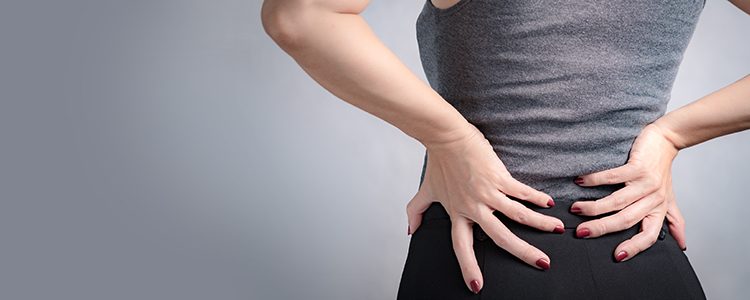Are Your Hips Causing Your Lower Back Pain?

Suffering from lower back pain?
A global study found that lower back pain is the most common disability. You may not think of your back pain as being a disability, but has it ever stopped you from carrying out daily activities or work? Has it impacted you emotionally? Has it affected your social or family life? Are you distracted by ongoing pain? The impact lower back pain has on quality of life makes it a disability.
At SOPTRI, we care not just about alleviating your pain so you can enjoy all life has to offer, but preventing it too. Weakness in the hip muscles often goes hand-in-hand with lower back pain, and treating the hips is an effective way to not only relieve lower back pain but prevent its recurrence.
Why Do the Hips Impact the Lower Back?
Tightness, weakness and imbalances in the pelvis often contribute to lower back pain, whereas healthy mobile hips equate to general improvement in posture and movement across the whole body. It’s often impossible to determine the exact cause of lower back pain, however, the connection between weakness in the hip muscles and lower back pain is well documented, and studies have shown that hip stabilizing exercises are an effective way to reduce lower back pain.
Three main muscle groups of the hips are affected when it comes to lower back pain. The Glutes are the muscle group of the buttocks, located at the back and sides of the pelvis, and are essential for keeping the pelvis stable. If you get into poor movement habits, their ability to keep the pelvis stable is compromised.
The Deep Hip Rotators often work in tandem with the glutes and are responsible for internal and external rotation of the hips. If you experience pain around your sacroiliac (SI) joint, where the base of the spine and pelvis meet, dysfunctional hip rotator muscles usually play a role.
Many people think of their Hip Flexors as the group of muscles extending from the groins into the front of the thighs. However, they extend from this region to the inside of the pelvis and attach to several vertebrae on the lower back. Weak and shortened hip flexors can lead to various issues, from lower back problems to issues with walking.
Nothing works in isolation in the body, and when one muscle group is compromised, it can have a knock-on effect on the neighboring area, creating more issues in the long run.
The Connection Between Tight and Weak Muscles
People often complain of tight hips, but they are surprised to hear that although this may be the case, chances are their hip muscles are also weak. By improving mobility — the strength and flexibility leading to more functional movement — in the hips chances of pain in the lower back are reduced.
Common Causes of Weak Hips and Lower Back Pain
- Prolonged periods of sitting cause the hip flexors to become shortened and weakened. This can lead to the pelvis being pulled out of its healthy alignment, affecting the lower back.
- Uneven posture when standing, such as shifting your weight onto one leg, slouching in one hip, or carrying kids on one hip causes muscles to contract unevenly, affecting the muscles.
- Certain exercises can cause dominance in one area of the body or weakness in another. Weak glutes are fairly common in runners.
- Pregnancy and giving birth affects the pelvic region and can lead to lower back pain. A Women’s Health PT can help support you with the unique issues affecting women’s bodies.
- Stress: when we are in fight-or-flight mode, the muscles of the hips tense up as the body prepares to take action, even when there isn’t a physical threat. Prolonged periods of low-level state of stress causes unconscious tensing of the muscles that cause issues over time.
How To Treat Lower Back Pain
Long term solutions to lower back pain are essential to prevent its future recurrence. This is why the best treatment option is physical therapy with experienced PTs who take a holistic patient overview and use evidence-based protocols.
At SOPTRI, everyone’s treatment plan is different, based on the detailed history and physical overview your PT will take. A combination of manual therapies and an exercise program to improve hip mobility, ensuring improved physical function over time, will help you to eliminate and prevent lower back pain.
Make an appointment with one of our experienced PTs today.
–
Author: Sylvie Le, DPT, PYTC


